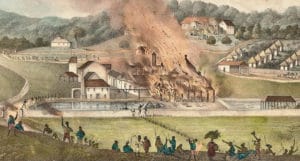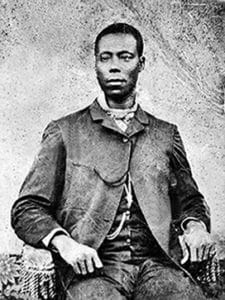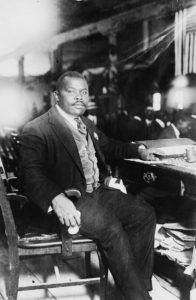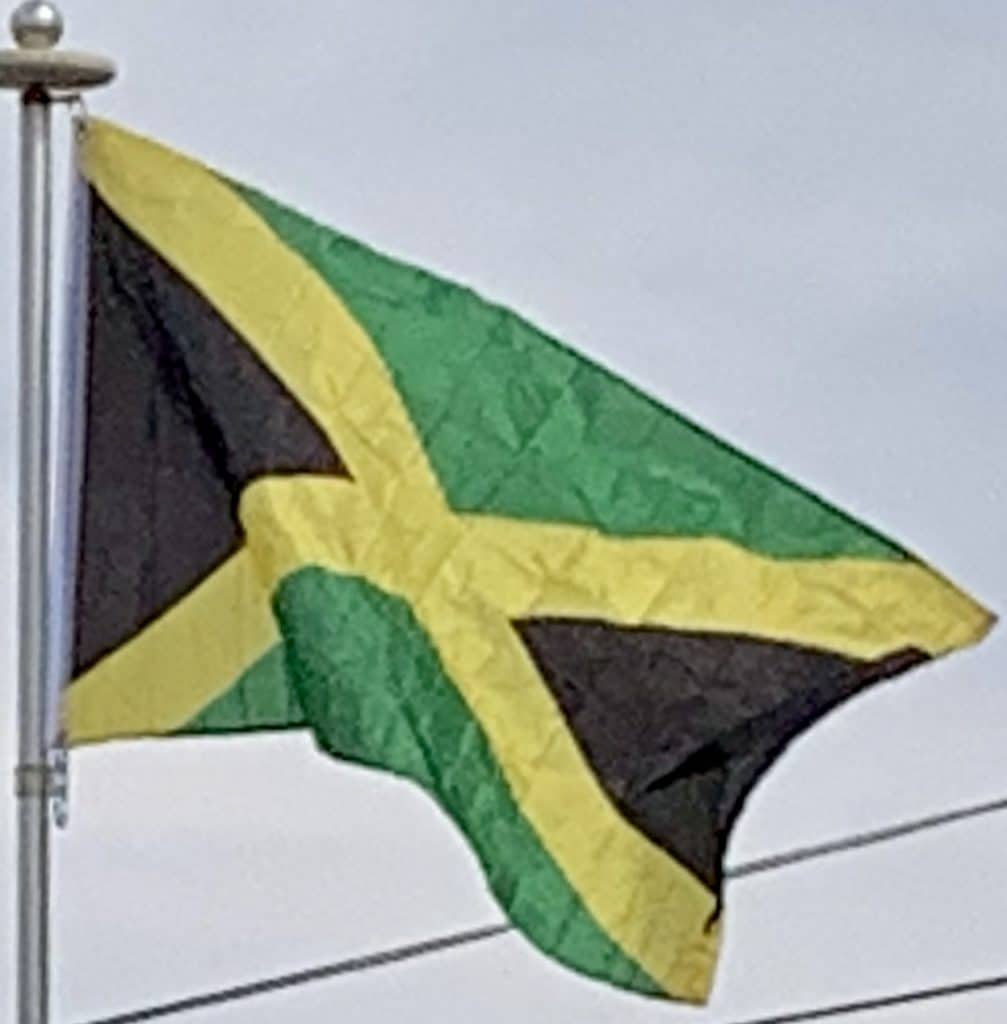
The rebellion resulted in hundreds of deaths, the destruction of many plantations, and resulted in ferocious reprisals by the plantocracy class. As a result of rebellions such as these, as well as the efforts of abolitionists, the British outlawed slavery in its empire in 1834, with full emancipation from chattel slavery declared in 1838. The population in 1834 was 371,070, of whom 15,000 were white, 5,000 free black; 40,000 ‘coloured’ or free people of color (mixed race); and 311,070 were slaves. The resulting labour shortage prompted the British to begin to “import” indentured servants to supplement the labor pool, as many freedmen resisted working on the plantations. Workers recruited from India began arriving in 1845, Chinese workers in 1854. Many South Asian and Chinese descendants continue to reside in Jamaica today.
Over the next 20 years, several epidemics of cholera, scarlet fever, and smallpox hit the island, killing almost 60,000 people (about 10 per day). Nevertheless, in 1871 the census recorded a population of 506,154 people, 246,573 of which were males, and 259,581 females. Their races were recorded as 13,101 white, 100,346 coloured (mixed black and white), and 392,707 black. This period was marked by an economic slump, with many Jamaicans living in poverty. Dissatisfaction with this, and continued racial discrimination and marginalization of the black majority, led to the outbreak of the Morant Bay rebellion in 1865 led by Paul Bogle, which was put down by Governor John Eyre with such brutality that he was recalled from his position.

His successor, John Peter Grant, enacted a series of social, financial and political reforms while aiming to uphold firm British rule over the island, which became a Crown Colony in 1866. In 1872 the capital was transferred from Spanish Town to Kingston.
Early 20th Century:
Unemployment and poverty remained a problem for many Jamaicans. Various movements seeking political change arose as a result, most notably the Universal Negro Improvement Association and African Communities League founded by Marcus Garvey in 1917. As well as seeking greater political rights and an improvement for the condition of workers, Garvey was also a prominent Pan-Africanist and proponent of the Back-to-Africa movement. He was also one of the chief inspirations behind Rastafari, a religion founded in Jamaica in the 1930s that combined Christianity with an Afrocentric theology focused on the figure of Haile Selassie, Emperor of Ethiopia. Despite occasional persecution, Rastafari grew to become an established faith on the island, later spreading abroad.

The Great Depression of the 1930s hit Jamaica hard. As part of the British West Indian labor unrest of 1934–39, Jamaica saw numerous strikes, culminating in a strike in 1938 that turned into a full-blown riot. As a result, the British government instituted a commission to look into the causes of the disturbances; their report recommended political and economic reforms in Britain’s Caribbean colonies. A new House of Representatives was established in 1944, elected by universal adult suffrage. During this period Jamaica’s two-party system emerged, with the creation of the Jamaican Labour Party (JLP) under Alexander Bustamante and the People’s National Party (PNP) under Norman Manley.
